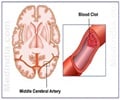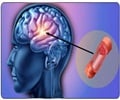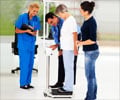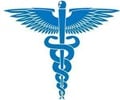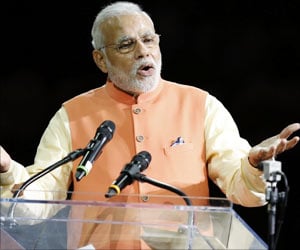Telestroke that uses long-distance video and data hookups to link remote community hospitals with stroke neurologists in large centres provides the same level of care as urban hospital treatment.
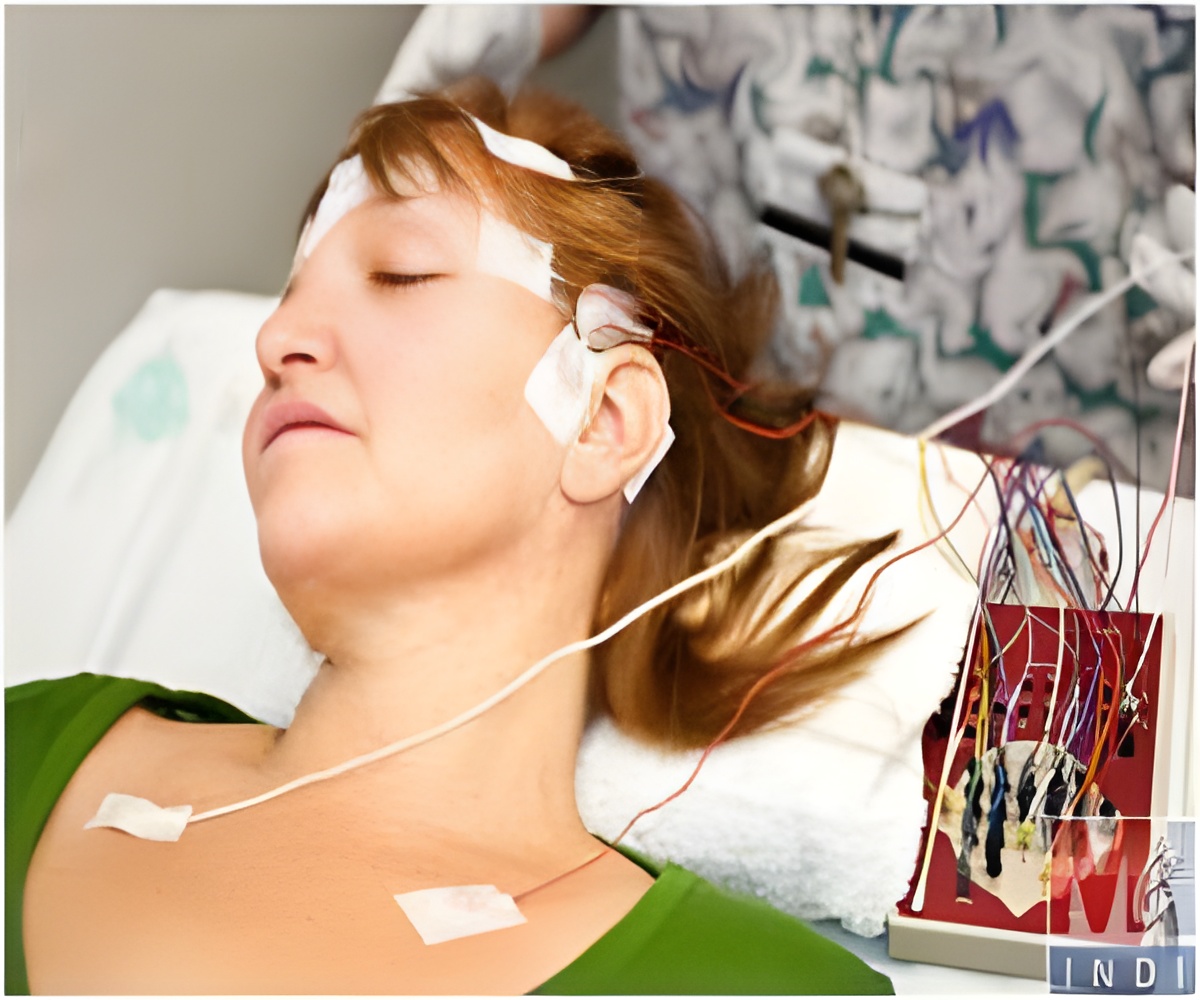
Besides providing better care to remote communities, early projections show that Telestroke resulted in more than $1 million in health-care savings over four years, Dr. Jeerakathil says.
"Telestroke is a way to bring the expert out to the rural centre to provide treatment that wouldn't otherwise be available," Dr. Jeerakathil says. "And there is no delay in treatment despite the time required to set up video conferencing equipment and examine CT scans and blood work."
In the study, an initiative of the Alberta Provincial Stroke Strategy, University of Alberta Hospital neurologists observed the use of Telestroke in 10 primary stroke centres throughout remote parts of Northern Alberta over a four-year period.
During this time, tPA was administered to more than 500 people and, of those, 119 patients were treated with the help of Telestroke. Without access to the technology, these patients would have gone without treatment or been transferred to a bigger hospital and faced delays, says Dr. Jeerakathil.
Effective Telestroke treatment in remote areas contributed to a 50-per-cent decrease in emergency room transfers from rural areas to the University Hospital in Edmonton, says Dr. Jeerakathil. Some remote hospitals reported a decrease in transfers as high as 92 per cent.
Advertisement
Telestroke allows small hospitals to be designated as primary stroke centres with many of the services of a major stroke unit. These primary stroke centres have a small sectioned off area with staff specially trained in stroke care, 24-hour access to a CT scan and the ability to give tPA.
Advertisement
"Providing stroke patients fast and seamless access to stroke services regardless of where one lives in Canada will save lives and reduce disability," says Heart and Stroke Foundation spokesperson Dr. Michael Hill. "Telestroke is another way that technology allows for an easy, cost-effective way to bridge geographic barriers to smoothly link stroke specialists with communities where on- site stroke care does not exist."
There are about 50,000 new strokes in Canada each year and 315,000 Canadians living with the after-effects of a stroke.
Source-Eurekalert

